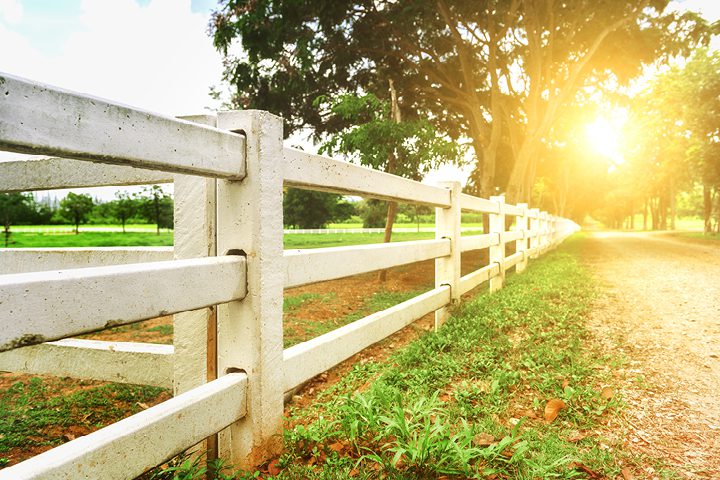Kate Bond
- Senior Associate

Determining where a boundary lies and who is responsible for maintaining it can sometimes be a tricky issue, particularly in a rural context. While the title deeds may be explicit and you need to look no further, in many cases more investigation will be required.
Where a title is not yet in the Land Register, and remains in the old Register of Sasines, the property may be referred to by description only or with an unclear plan, or in some cases no plan at all. Possession of the title will usually be key in establishing the boundary. Other evidence that may be relied upon is the lie of the ground which may indicate a natural boundary. In some cases Courts have allowed evidence such as Ordnance Survey maps and maps prepared by the landowner’s Estate office to be used as evidence.
However, even if the boundaries appear to be clearly defined there may be the need for proof on certain points referred to in a description.
In 2014, the Land Registration (Scotland) Act 2012 came into force whereby all land transacted subsequently is to be registered in the Land Register of Scotland (a map based register) which, although created in 1981, actually contained very little of Scotland’s land. The Act also allows for the voluntary registration of titles in the Register of Sasines to be added to the Land Register. While this may be a reasonably costly exercise for large land holdings, the benefit is that the extent of the land owned, with defined boundaries, can be more readily ascertained.
Where the boundary is formed by water such as a loch or river, determining the exact confines can be more complex. It’s important to bear in mind that even if your property is bounded by a river or loch, you might not necessarily have any rights to extract water or fish and indeed the owners of salmon rights may be entitled to take access through your property to exercise their rights.
If you cannot determine the extent of a boundary, or there is a dispute as to ownership or maintenance, then you should ask your solicitor to look at your title deeds as the first port of call. As set out above, the titles may not be clear and consideration may need to be given to general principles of common law and some limited legislation.
A boundary wall or fence can be constructed either on the line of a shared boundary or it can be wholly on one side – in each case the rules on maintenance are different.
A landowner can, subject to any local planning laws in place or title conditions imposed on their property, put up a wall, hedge or a fence of their choosing in terms of type, height and design where it lies entirely within their boundary. That wall or fence then belongs to the owner of the land on which it has been built and the maintenance is their responsibility.
A fairer position is for the wall, hedge or fence to be placed on the shared boundary between two properties, which requires the consent of both owners. The wall, hedge or fence will then lie in each property to the extent of one half of its width, with the centre line marking the boundary and the responsibility for the maintenance being mutual.
In the countryside, the March Dykes Act 1661 is an exception to the principle set out above. The Act applies to land over five acres and provides for a shared boundary to be maintained equally by the adjoining proprietors. Although the Act specifically refers to dykes, it applies to all forms of boundary.
The Act allows for one owner who wishes to build a wall or put up another boundary feature to obtain the consent of their neighbour or seek the permission of the Court. The wall must be built entirely on the side of the requesting owner, but under the Act that owner is allowed to seek an equal contribution from their neighbour to the cost and maintenance of the wall.
Where the neighbouring boundary feature is problematic – for example, blocking light from your property – assistance can be found in relatively recent legislation. In 2013, the High Hedges (Scotland) Act was passed, which deals with high hedges on a neighbouring property. The Act allows owners or occupiers to apply to their Local Authority to compel their neighbours to cut back a high hedge which may be affecting their enjoyment of their property. A high hedge is one which is formed wholly or mainly by a row of 2 or more trees or shrubs, rises to a height of more than 2 metres above ground level, and forms a barrier to light. The applicant must have taken reasonable steps to try to resolve the matter before making an application under the Act however, so opening a dialogue with your neighbour is a must in the first instance.
If you have a boundary issue then it is important to consult your title deeds and seek legal advice. You can contact our team with any questions you may have.
You might also be interested in these articles: